The Enjoyment of Studying
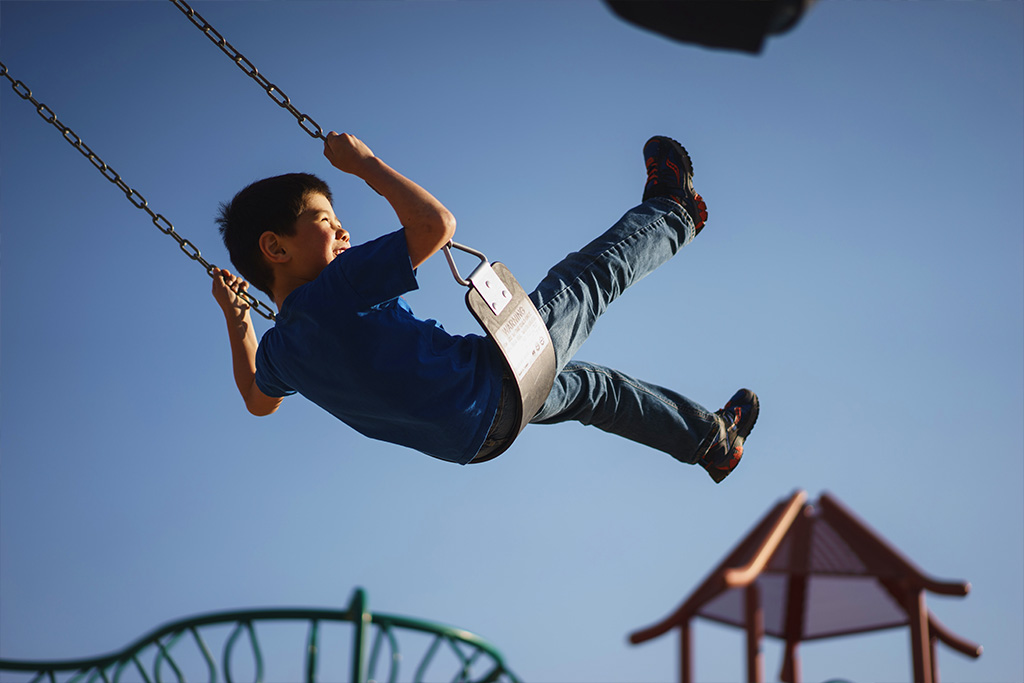
⏱️ 7 min read
Enjoy studying?
The inclination towards enjoyment is innate in all human beings, and it is cultivated through experiences. In other words, if they have the chance, all children have the potential to enjoy anything. So never underestimate the raw human material that you have in your guardianship—instead, give them a chance to immerse themselves into as much as possible.
The logic of enjoyment is simple:
if a child’s enjoyment is inclined towards something in particular, they will more likely drive themselves into the habit of doing it repeatedly.
For some, studying is a chore and even seems contrary to ‘having fun’; it is inconceivable to many people that their own child might actually enjoy studying. Nevertheless, the same logic does apply to studying, and there is a route to helping any child enjoy their studies.
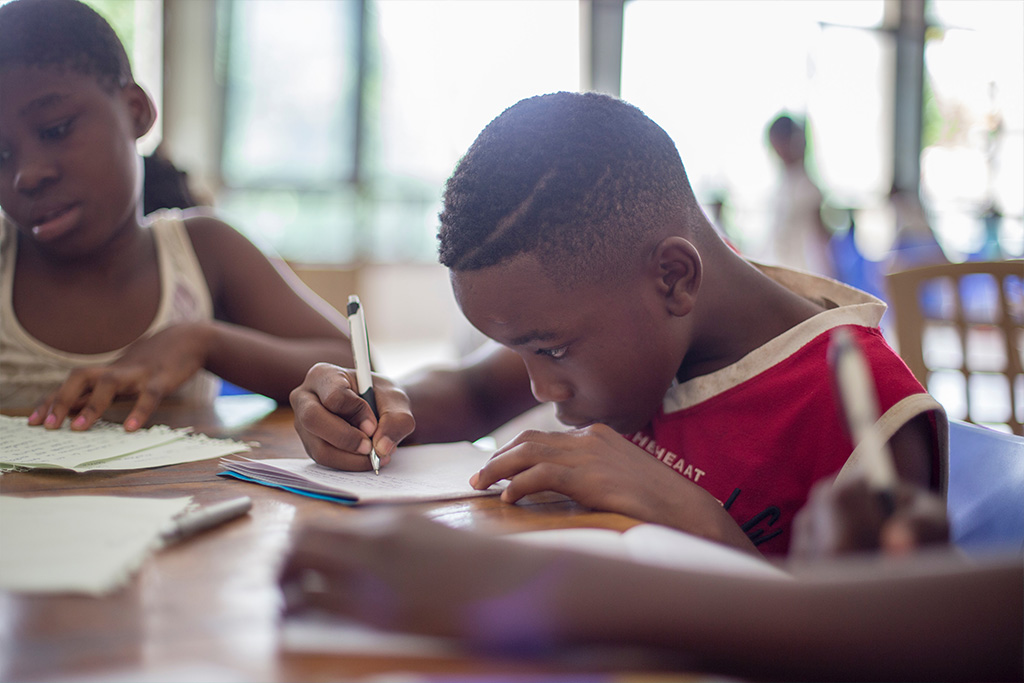
Starting out
The example set to children in their early years is crucially influential in forming their interests and therefore what they’ll enjoy. Children almost always take in what they see, hear or feel, and copy what adults do around them. The best thing to do is to utilise what we know to be certain;
the child will copy you.
Children follow what is being demonstrated by the people they respect; thus, the earlier you set a good example, the more inclined towards learning they’ll become. If we were trying to show a toddler some good foundations for their learning, we should take every opportunity to engage in:
- observing the surroundings together
- playing together
- reading together
- talking and listening together
- asking questions together
- going outdoors together
- spending some time to rest together
This level of engagement isn’t particularly demanding and it can open up so many healthy channels towards enjoying to learn. We should never underestimate the vast opportunity there is to tingle a child’s excitement—even during the most mundane chore—there’s always something you can pass on to them.
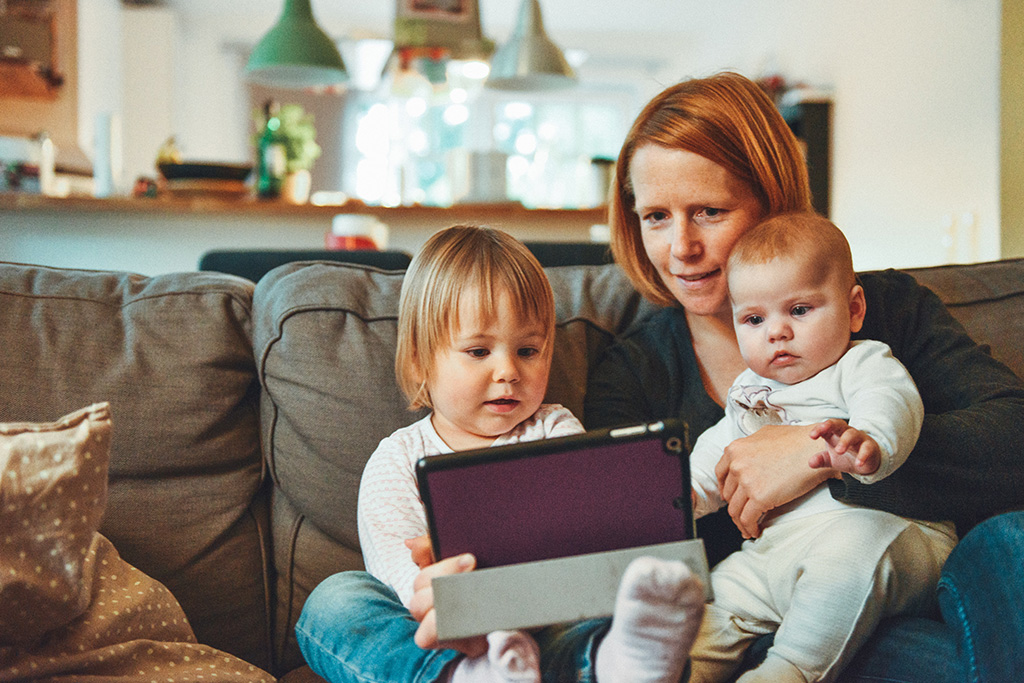
Primary school is a place where, even by Year 1, a visible gap between the children has formed. Some children will have reached their Early Learning Goals—they are most likely to be keen on going to school and be receptive to new information—while others face the catch-up from the outset. But, catch-up they can.
What is true for almost all children, at all stages of their growth, are the notions of motivation. Your shared positivity towards any shared activity might just trigger a profound interest in it—sometimes it’s that easy. Along the way, most people need motivating towards their goals and certainly children are the prime example of that. But, with motivation, any child can enjoy learning.
And what they enjoy they will do again and again.

Here’s some well-founded, scientific advice.
Motivation from inside and outside
Broadly speaking, there are two types of motivation:
Intrinsic motivation
Intrinsic motivation is the enjoyment of the process/nature of learning, making learning itself rewarding. Some of the examples include:
- The feeling of “I get it!”, when they understand and make sense of new information
- Challenging themselves to a task at a step beyond
- Applying knowledge and skills to real world contexts, extending learning outside of classrooms
Benefits of raising intrinsic motivation:
- As enjoyment accumulates, it leads to the momentum to study independently—the more a child enjoys the process of studying, the more actively they seek out similar experiences of enjoyment
- Fun learning evokes positive emotions: students are more likely to maintain focus with enjoyment
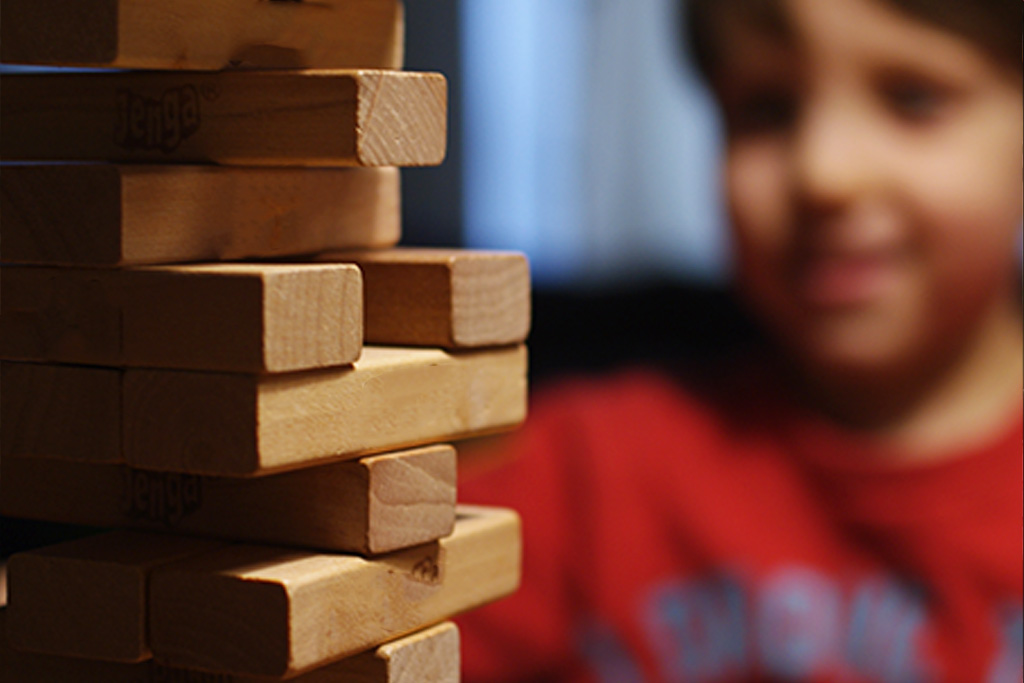
Extrinsic motivation
Extrinsic motivations are goal-oriented, gained by the excitement to achieve rewards. Some of the examples include:
- Achieving high scores in a test
- Passing an exam
- Getting praise from parents and/or teachers
- Winning a competition
Benefits of raising extrinsic motivation:
- Students are led to work towards a realistic and achievable goal
- Increases productivity within a time limit: aim to reach the goal within a set time
Taking the two types together, the motivation to study can grow within the students themselves, or from the surrounding environment. Regardless of the type of motivation a child has or receives, it can spark the feeling of pleasure in studying—leading to a release of the ‘happy chemical’ (dopamine).
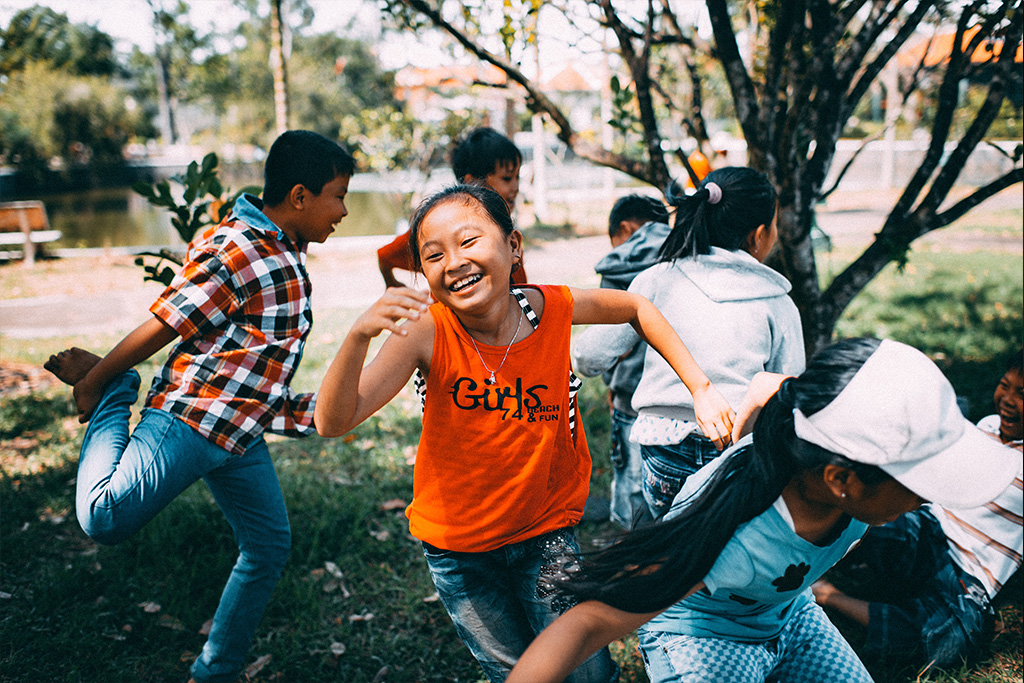
Praise, motivation & balance
The trigger to set off a child’s motivation can be very simple. It could be simple praise for making an effort to complete their homework, or being rewarded when they score higher than before in a test. Such incentives from adults can become the very goals a child shoots for so be careful to apply some balance. Of course, praising them all the time would devalue the goal, and ultimately diminish any effort made by the child. Moreover, the praise itself becomes less meaningful, if not meaningless.
- Praise effort
- Praise effort, and reward improvement
- Praise effort, reward improvement and celebrate consistent achievement accordingly
We are quite specific about praising effort—not over and above attainment, but (long) before attainment.
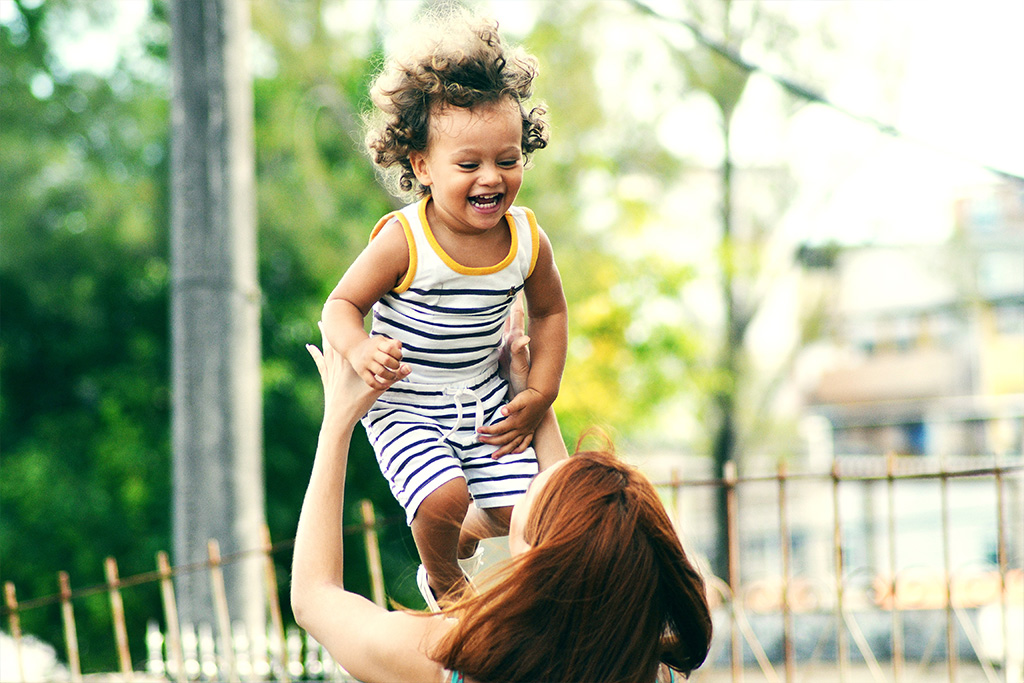
Yes, enjoy studying
Learnest is conscious of the young students’ challenges. By design, we have attempted to remove the obstacles to enjoyable learning, and indeed raise the bar on what constitutes stimulating study materials.
The journey of learning begins before entering Primary school, and we encourage the young learners (or their parents should we say) to begin as early as possible. Our Mini Digi Books activate their interest in ELG topics and build an understanding of their surrounding environment. These are the only foundations which can remove the fear or dread of studying, and indeed turn it around so that
it becomes a joy.
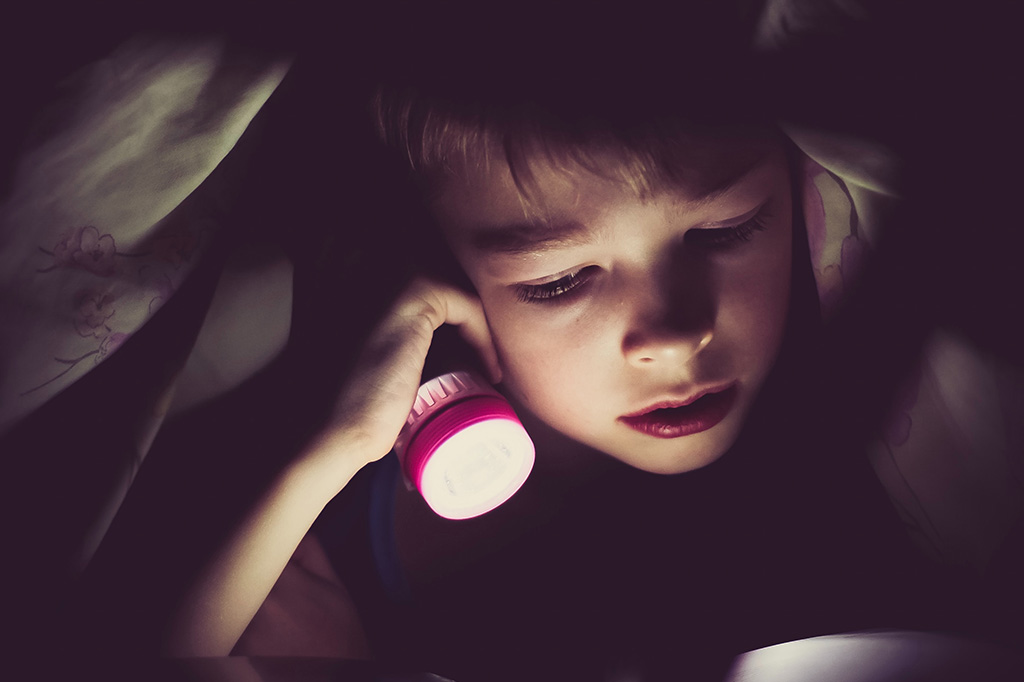
Once the enjoyment of learning has been activated, the notion of enjoying studying really is a viable goal.
Our L1–3 materials cover the Primary national curriculums in a step-by-step layout—one topic per page, no more, no less. Brightly designed, fully illustrated and inclusive, paced so that information is delivered cell-by-cell. Far from overwhelming, learning cell-by-cell is potentially a hit of dopamine every few seconds. We genuinely aspire to our students taking pleasure in their learning with Learnest.
All Learnest materials help maintain, or gain, the momentum so young students might enjoy studying. Studying needn’t be a chore if you allow learning to be your child’s pleasure from the outset—and from there who knows where their brain might lead them.
For those seeking even more pleasure from learning, L+ materials expand beyond the curriculums and feed the child’s extending curiosity. L+ shares increasingly nourishing nuggets of knowledge: it is super dopamine action for the super student, and that is just one factor which ensures their enjoyment. Moreover, such devoted students receive the ultimate reward of exceeding others around them.
In 2007, a neurologist and a teacher Judy Willis introduced a teaching strategy to ‘ignite student learning’. Her strategy focuses on how students can have more enjoyable learning experiences in classrooms, based on the following three systems in the brain:
- Reticular activating system: a set of nerves that filter out unimportant information and pass on new ones. It acts as the gate for a new piece of information to be transmitted.
- Amygdala’s affective filter: activated when stress increases, blocking the transmission of new information when a child is highly stressed. Conversely, it means that more information is passed through in less stressful learning environment.
- Dopamine: a chemical released when a person feels pleasure. It stimulates the memory centre and further releases acetylcholinem, which increases focused attention.
The RAD teaching strategy integrates the importance of pleasurable learning with less stress, which ultimately leads children to focus more on studying.

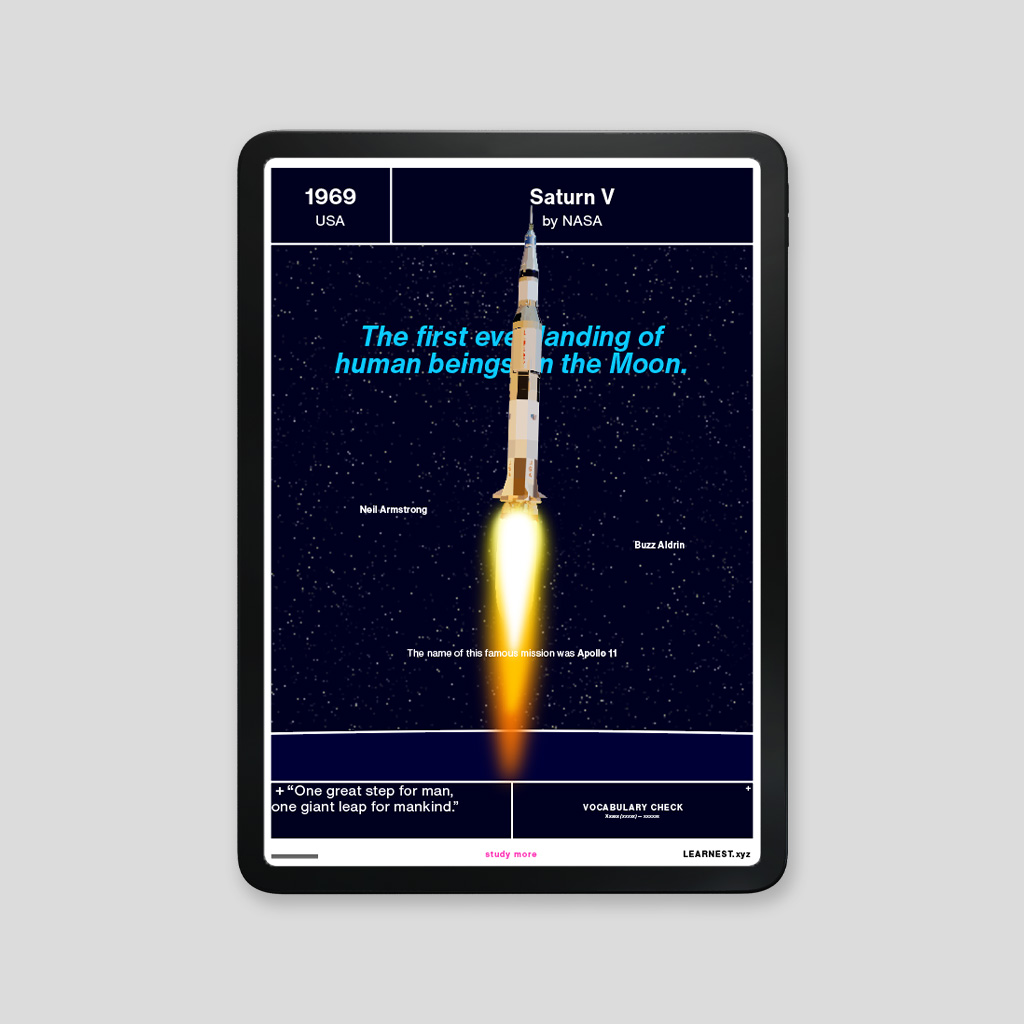
Posted 14 July 2021
Authored by Elliot Paine
Edited by Asano Katashima
2021 © All Rights Reserved. Learnest.xyz